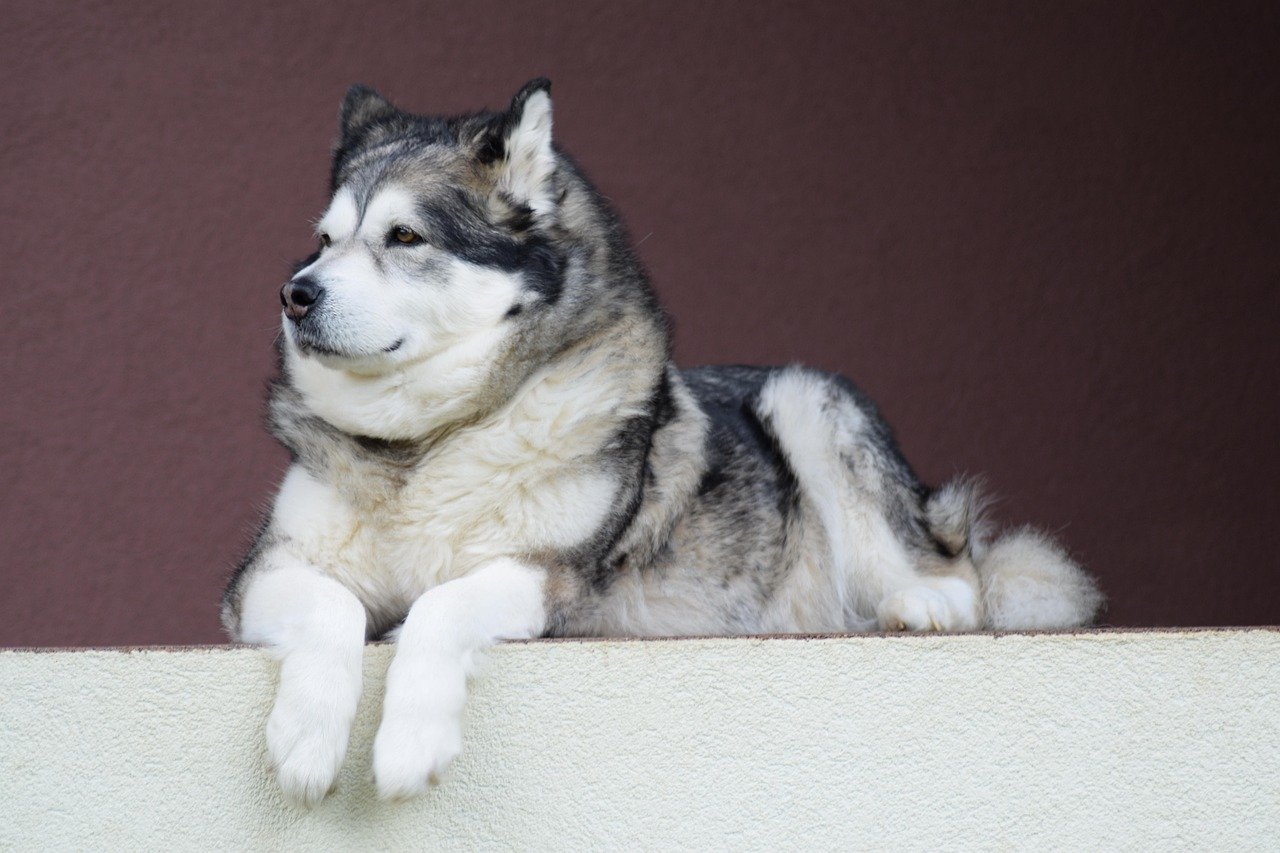Have you ever met a dog who just couldn’t sit still, no matter how many walks you gave them? Or a furry friend who turned your pristine apartment into a shredded-toy disaster zone within hours? Some dogs, no matter how much we love them, just aren’t built for the cozy, confined life of an apartment. If you’ve ever wondered if your dream dog would thrive in your city flat, you’re not alone. Let’s talk about the breeds that really need more room—and why it matters so much for their happiness and yours.
1. Border Collie: The Energizer Rocket

Imagine living with a four-legged athlete who needs to run marathons daily. That’s a Border Collie. These dogs have energy levels that make most other breeds look positively lazy. In small apartments, their need for action turns into frustration, leading to chewing, barking, and restlessness.
Border Collies thrive on mental challenges too. Without farmland or wide-open spaces to herd or explore, they can quickly develop anxiety and destructive habits. Even if you take them for several walks a day, their need for purpose and stimulation is rarely satisfied in an apartment setting.
2. Siberian Husky: The Great Escape Artist

Huskies are notorious for their wanderlust. They weren’t bred to lounge on a sofa—they’re sled-pulling adventurers at heart. In an apartment, their urge to run and roam is stifled, and they’ll often look for ways to escape or invent mischief indoors.
Their howls and talkative nature don’t help when your neighbors live just a thin wall away. Huskies also shed heavily, and their high prey drive means every squirrel outside your window is a potential chase. Apartment life just isn’t fair to their wild spirit.
3. Dalmatian: The Spotted Dynamo
Dalmatians are famous for their stunning spots and boundless stamina. Originally bred to run alongside carriages, these dogs have a drive to move that simply can’t be met with a quick stroll around the block. Expect pent-up energy to show up as stubbornness or hyperactivity.
In close quarters, Dalmatians might become nippy, barky, or even develop destructive habits like chewing and digging. They also need constant social interaction, so being left alone in a small space can make things even worse for their emotional health.
4. Belgian Malinois: The Overachiever

This breed is a favorite among police and military units for a reason—they crave action and mental challenges. A bored Malinois in an apartment is a recipe for disaster. They need structured jobs and endless stimulation.
Their intense drive can come out as pacing, whining, or even aggression if they feel underworked. Even with diligent training, the limited space and routine of apartment life can’t satisfy their working-dog instincts. These overachievers need much more than four walls and a hallway.
5. Alaskan Malamute: The Gentle Giant with Wanderlust

Malamutes are big, powerful, and extremely active. With a double coat that sheds everywhere and a booming voice, they’re easily overwhelmed in a small space. They love to dig, howl, and explore, which doesn’t mix well with delicate apartment carpets or thin walls.
Without a big backyard or regular mountain hikes, Malamutes can become depressed or even destructive. Their size alone makes maneuvering in tight spaces a challenge, and they often knock things over without meaning to.
6. Australian Cattle Dog: The Tireless Worker
Born to herd cattle across vast fields, these dogs are a bundle of muscle, intelligence, and determination. Apartment living frustrates both their bodies and brains. If you don’t offer constant outlets for their energy, they’ll invent their own (usually involving your furniture).
Cattle Dogs are prone to nipping, chasing, and barking when understimulated. They need a job, whether it’s agility training, herding, or daily hikes. If you can’t offer that, apartment life can make them anxious or even aggressive.
7. Weimaraner: The Velcro Athlete

Weimaraners bond deeply with their people and hate being alone. In an apartment, separation anxiety can quickly rear its head, leading to barking, chewing, and even attempts to escape. They’re also incredibly athletic and require lots of exercise.
Their strong prey drive and need for wide-open spaces make apartment living a struggle. If not given enough attention and activity, Weimaraners can become destructive and vocal, which isn’t ideal for close neighbors.
8. German Shorthaired Pointer: The Boundless Explorer

These elegant, high-energy dogs were bred for all-day hunts. In apartments, their enthusiasm can turn into restlessness and endless pacing. They need to run, sniff, and discover new things every day.
Without fields or forests to explore, German Shorthaired Pointers may bark, jump, or dig out of boredom. They’re also prone to separation anxiety and can be vocal, which doesn’t help if you share walls with others.
9. Bloodhound: The Nose Knows No Boundaries

Bloodhounds have noses that lead them everywhere. In an apartment, they quickly get bored without new scents to follow and can become loud bayers when bored or frustrated. Their drooling and shedding also make them a handful in small spaces.
These gentle giants need space and variety. If their hunting instincts are stifled, they can become stubborn and hard to train. An apartment just can’t provide the stimulation their incredible noses demand.
10. Saint Bernard: The Massive Softie

Saint Bernards are gentle, loving, and huge. Their sheer size makes apartment living uncomfortable for everyone involved. Moving around tight spaces is tough, and their tails and paws can knock over anything in their way.
They also drool, shed, and overheat easily in confined environments. While they’re not the most energetic breed on this list, their need for space and cool air means apartments just don’t offer what these gentle giants need to thrive.

Born and bred in South Africa, a Capetonian at heart. Amy-Leigh’s love for nature and animals was inherited from her Dad. He loves taking the family on road trips to experience nature at its finest; Amy-Leigh’s favourite being whale watching in Hermanus and spotting Kudu along the West Coast. Amy-Leigh holds a BA in English Literature and Communication Studies.






